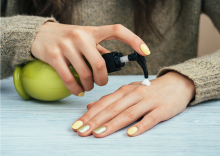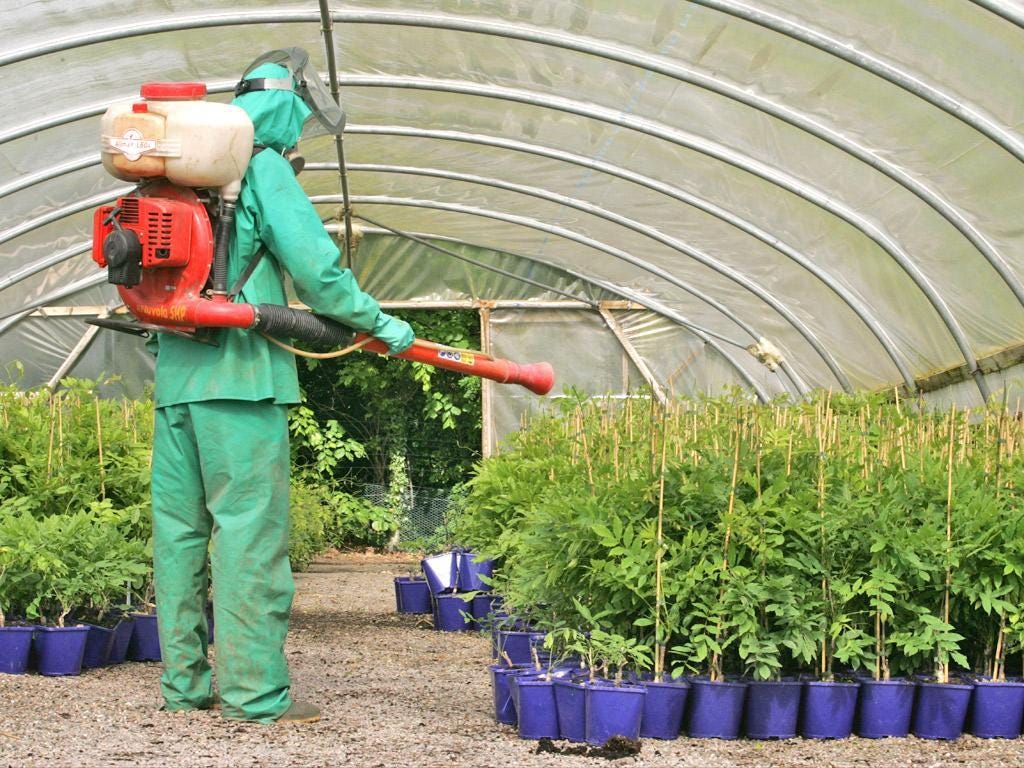
The time has come to wash our hands of triclosan and other unnecessary antimicrobial chemicals for good.
Triclosan and other antimicrobials, added to many soaps and other everyday products – and found in the bodies of more than three-fourths of Americans – likely harm people’s health and the environment, while providing no benefit to consumers, said more than 200 scientists and medical professionals in a consensus statement published today.
The statement in the peer-reviewed scientific journal Environmental Health Perspectives, coauthored by EWG, recommends an end to the indiscriminate and widespread use of triclosan, triclocarban and other antimicrobial chemicals in cosmetics and consumer products.
Triclosan in people
*You will also be subscribed to receive emails from EWG including environmental tips, action alerts, promotions to support our work and more. You may opt-out at any time.
Triclosan, a powerful pesticide registered with the Environmental Protection Agency, may cause changes in the human hormone system, harming reproduction and development. Recent studies also show that higher triclosan levels in people are linked to increased sensitivity to allergens.
The U.S. Centers for Disease Control and Prevention has detected triclosan in the bodies of more than 75 percent of Americans tested. In a study of teenage girls, EWG found triclosan in urine samples collected from all 20 subjects. This widespread exposure is likely due to the chemical’s ubiquitous use in cosmetics and consumer products.
EWG and the scientists who signed the statement believe antimicrobials should only be used if adequate testing shows that they are safe and they have been proven effective for particular uses. Scientists are concerned that widespread use of antimicrobials in consumer products could contribute to growing antibiotic resistance and make the vital medical uses of antimicrobials ineffective.
Where is triclosan found?
A 2008 EWG investigation found that the EPA had approved 20 triclosan mixtures from 11 manufacturers for use in products as diverse as undergarments and building materials. Encouragingly, our review last month of current EPA files found that many triclosan registrations have either been voluntarily cancelled, cancelled for certain applications or have pending cancellation requests from the manufacturers themselves. Although the market has shifted, EWG identified numerous manufacturers and EPA-approved uses that allow triclosan to remain in a staggering assortment of products.
EWG’s Skin Deep® Cosmetics Database shows that triclosan can be found in:
- Soaps
- Shampoos
- Conditioners
- Lotions
- Toothpastes
- Deodorants
- Shaving products
More at….





